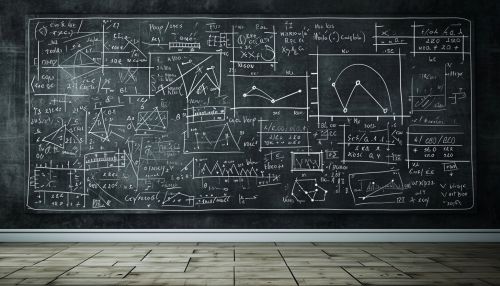Statistical Theory
Introduction
Statistical theory is a branch of mathematics that deals with the collection, analysis, interpretation, presentation, and organization of data. It is a fundamental tool that allows researchers to draw conclusions from data and make predictions about future events.


History of Statistical Theory
The history of statistical theory is a rich and complex one, with roots in ancient civilizations. The earliest known forms of statistics were used by the Egyptians and Babylonians for census data and tax collection. In the 17th century, statistical theory began to take shape with the work of probability theorists like Blaise Pascal and Fermat. In the 18th and 19th centuries, statisticians like Pearson, Fisher, and Galton made significant contributions to the field, developing techniques that are still in use today.
Fundamental Concepts
Statistical theory is built on several fundamental concepts, including probability distributions, statistical inference, and hypothesis testing.
Probability Distributions
A probability distribution is a mathematical function that provides the probabilities of occurrence of different possible outcomes in an experiment. There are several types of probability distributions, such as the normal distribution, the binomial distribution, and the Poisson distribution.
Statistical Inference
Statistical inference is the process of using data from a sample to make estimates or test hypotheses about a population. There are two main types of statistical inference: estimation, which involves using sample data to estimate a population parameter, and hypothesis testing, which involves making decisions about a population based on sample data.
Hypothesis Testing
Hypothesis testing is a statistical method that is used to make statistical decisions using experimental data. It is basically an assumption that we make about the population parameter.
Statistical Methods
There are several statistical methods used in statistical theory, including descriptive statistics, inferential statistics, regression analysis, and analysis of variance.
Descriptive Statistics
Descriptive statistics is the discipline of quantitatively describing the main features of a collection of data. It provides simple summaries about the sample and the measures. These summaries may be either quantitative, i.e. summary statistics, or visual, i.e. simple-to-understand graphs.
Inferential Statistics
Inferential statistics is a branch of statistics that deals with drawing conclusions about a population based on a sample of data from that population. This is done through the use of various tests of significance.
Regression Analysis
Regression analysis is a statistical process for estimating the relationships among variables. It includes many techniques for modeling and analyzing several variables, when the focus is on the relationship between a dependent variable and one or more independent variables.
Analysis of Variance
Analysis of variance (ANOVA) is a collection of statistical models and their associated estimation procedures used to analyze the differences among group means in a sample.
Applications of Statistical Theory
Statistical theory has a wide range of applications in various fields, including economics, sociology, psychology, biology, and engineering. In these fields, statistical theory is used to analyze data and make predictions about future events.
